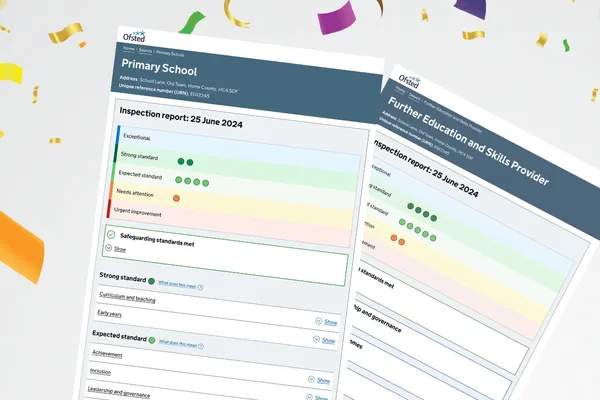Thinking 'out loud' is a simple yet powerful strategy for supporting children’s Emotional Wellbeing. By bringing internal thoughts into the open, we can help both children and adults make sense of challenges and learning obstacles in a structured way. This technique not only aids problem-solving but also empowers children to approach difficult situations with resilience and confidence.
Why Thinking Out Loud Works
When we think out loud, we bring our inner thought process to the surface, which can make abstract ideas and challenges feel more concrete. Research shows that vocalising thoughts enhances the brain’s processing ability, which helps bring visual cues into focus (Lupyan & Swingley, 2012). Imagine looking for a can of beans at the supermarket. Repeatedly saying to yourself, “Where are the beans?” can actually prime your brain to create a mental picture of the item, which then speeds up the search. Similarly, for children, thinking out loud can make problem-solving more accessible and less overwhelming.
Moreover, this strategy serves different functions based on the type of self-talk:
Instructional self-talk helps slow down thoughts, making complex tasks easier to process.
Motivational self-talk can do the opposite, mobilising children to stay positive and persevere through a task. When we model this aloud, we offer children a toolkit for handling frustration and ambiguity in their own challenges.
Putting Thinking Out Loud into Practice
For educators, mentors, and parents, teaching children to think out loud provides them with a lifelong problem-solving tool. Here are practical ways to incorporate this method:
- Model the Process - Whether you're teaching, supporting in small groups, or working one-on-one, make thinking out loud a habit. For example, you could say, "I'm going to think out loud here to see if it helps me solve this." Then break down each step, clearly articulating your thought process. This transparency shows children that everyone needs a strategy, even adults.
- Demonstrate Self-Motivation - Model motivational self-talk for kids by saying things like, “I can do this if I stay focused and don’t give up.” This encourages children to adopt similar self-motivating language, helping them stay resilient when they face difficulties.
- Break Down Challenges - By verbally sequencing each step of a task, we slow down the process for the child and ourselves, making it easier to tackle complex problems. Verbalising each step of the journey not only calms their thinking but also taps into different areas of the brain, enhancing visual processing and shifting problem-solving from the emotional right brain to the logical left brain.
Final Thoughts
Thinking out loud can be a game-changer in supporting children's emotional wellbeing, especially in a school environment. By modelling this technique and encouraging self-directed speech, we give children a tangible tool to approach learning challenges and emotional struggles with confidence. Through a small but consistent habit, children can learn to harness the power of their own voice to guide them through obstacles, enabling them to build resilience and develop into self-assured learners.



